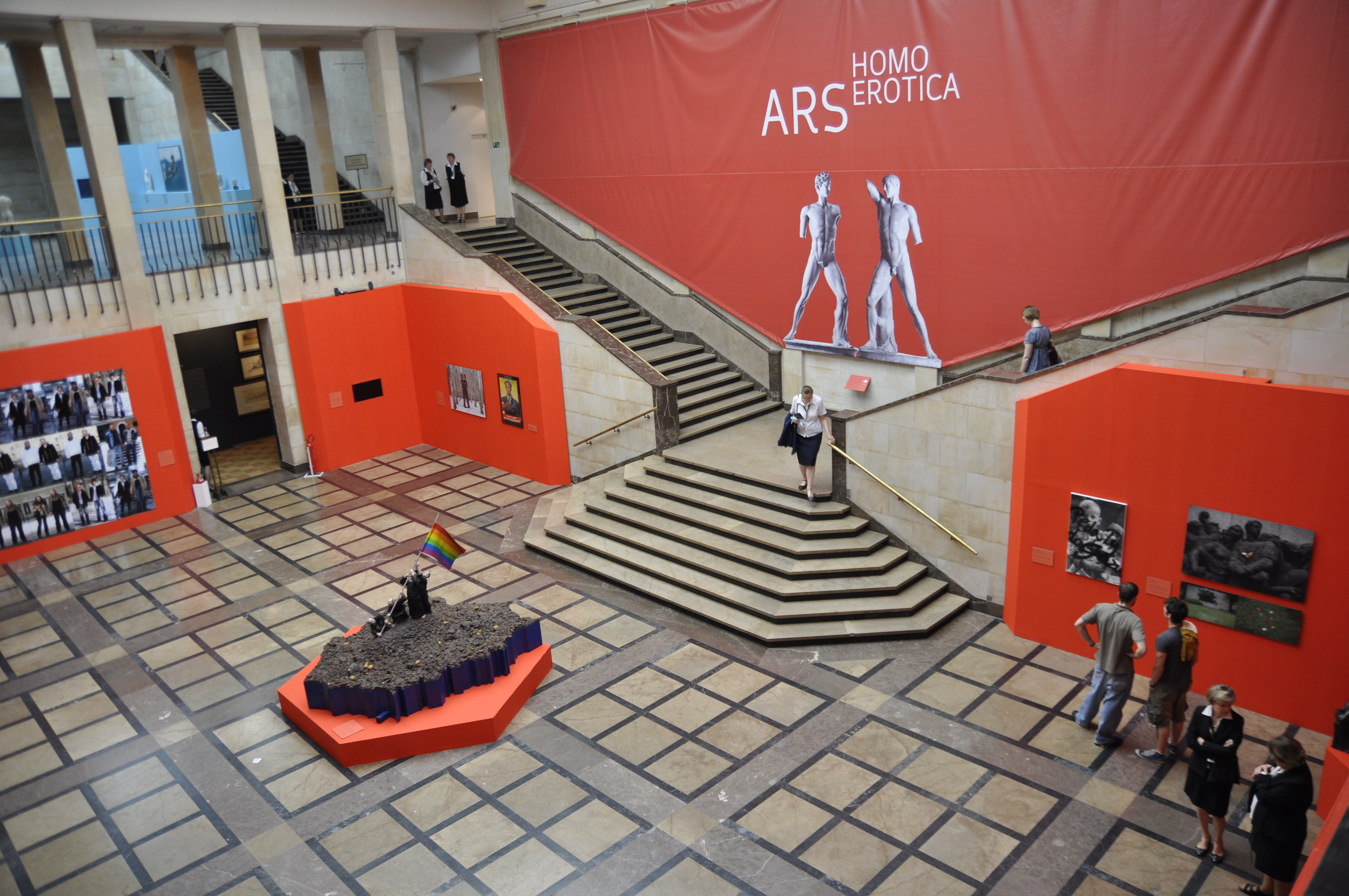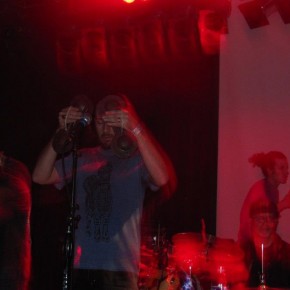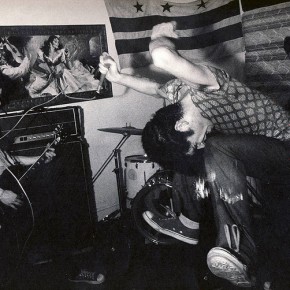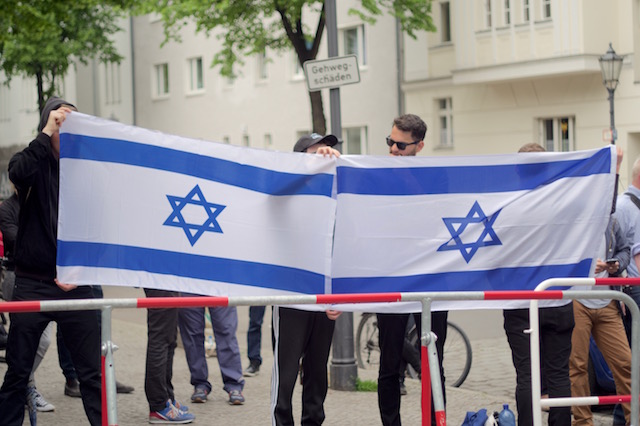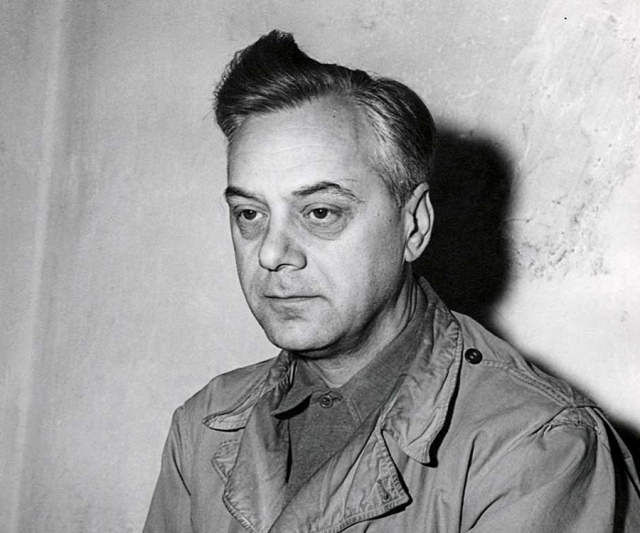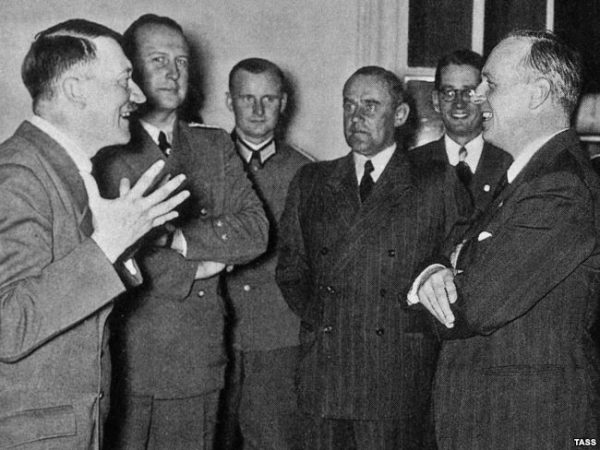Queer exhibitions are not just art shows, but platforms for furthering democracy. They not only foster visibility and equality, but foreground complex images which society conceals from itself. As contemporary art theorists Lois Keidan and Lois Weaver put it, art performs human rights.
On November 16th, the Brighton Museum & Art Gallery will host a discussion the political impact of LGBT art exhibitions. Cheekily titled Exhibitionism: A Queer Curatorial Symposium, the event is being sponsored by the University of Sussex, where Shakespeare and Oscar Wilde scholars Alan Sinfield and Jonathan Dollimore helped initiate academic discussion of of queer sexual dissidence and cultural change.
Such themes are still entirely topical in the United Kingdom. Although the British government recognizes same-sex partnership, in the UK gay-bashing remains a big problem. Seen from an eastern European perspective, exhibitions like this take on an even greater significance. Blood is always shed at Moscow pride parades; bags of excrement are pelted at Riga gay rights marchers. Poland still does not recognize same-sex unions.
In such contexts, queer art functions as social activism. One of Exhibitionism’s organizers, Pawel Leszkowicz, analyzed lesbian and gay visibility actions in his Lublin exhibition earlier this year, Love Is Love: Art as LGBTQ Activism: from Britain to Belarus. The curator also presented “Let Us Be Seen”, portraits of thirty queer couples photographed by artist Karolina Bregula, and coordinated by Poland’s Campaign Against Homophobia. The founder of the Campaign, Robert Biedron, spoke at the opening of the exhibition; this month he became a Polish MP, the very first out and proud gay in the country’s legislature.
November 11th (the time of this article’s writing) is Poland’s Independence Day. Unfortunately, it also a day of polarization. For the last two years, ultranationalists, including anti-Semites and homophobes, skinheads and football hooligans, paraded threateningly on the streets of Warsaw. Polish and German anarchists heroically blocked the xenophobic march. When Biedron joined the demonstation last year, he was brutally stopped, and taken into police custody.
In 2010, Robert Biedron also participated in the events surrounding the exhibition Ars Homo Erotica, at Warsaw’s National Museum. The show, curated by Leszkowicz, ignited a parliamentary protest by the ultraconservative Law and Justice party, led by Jaroslaw Kaczynski. Ars Homo Erotica attracted forty-four thousand visitors, and received much international coverage. Deutsche Welle quoted museum director Jack Lohman as stating “This museum is a national museum. And as such it is for the nation – that is, for the whole nation – not just one part of it. I am also struck by the depth of meaning of this show: the show of ‘the other.’ We are all ‘other’ in many respects.”
Ars Homo Erotica examined sexual otherness from antiquity to postmodernity. It juxtaposed the oldest representation of Sappho, and a transgender watercolour by Georg Grosz, with the contemporary lesbian art of Catherine Opie, together with cutting edge queer works from eastern Europe, including David Cerny’s Entropa. At the same time, the exhibition recalled a number of forgotten artists such as Polish-Jewish painter Maurycy Trebacz, a straight author of sublime male nudes, who died of starvation in the Lodz ghetto. Although it was a success, the show did not go down without drama. Eastern Europe’s leading art historians, Piotr Piotrowski and Katarzyna Murawska-Muthesius, had to resign as directors of the National Museum, because Ars Homo Erotica was their initiative.
Such political casualties help underline the social significance of art, especially in countries like Poland. It is a vehicle of social change, and it empowers Eastern Europe’s vulnerable LGBT community. We badly need more such protests against the ‘moral majority’, as it has been called in the US, which promote notions of inclusivity and tolerance. Shows like Ars Homo Erotica do this by telling the story of the successes and failures of the LGBTQ movement through pictures and texts. Such exhibitions are especially poignant in a post-Communist context, as the era has been marked by rising nationalist obsessions with purity, chauvinism and homophobia.
Hence the choice of Brighton for the Exhibitionism event. The seaside city is the birthplace of androgynous decadent Aubrey Beardsley, a favorite of Oscar Wilde. Today, Brighton is a gay capital of Britain, and home to the Brighton Festival, whose honorary director this year was Burmese democracy activist Aung San Suu Kyi. One could go on and explore similar parallels. The point is obvious. Location, indeed, is everything.
Photograph courtesy of Roman Tratsiuk
